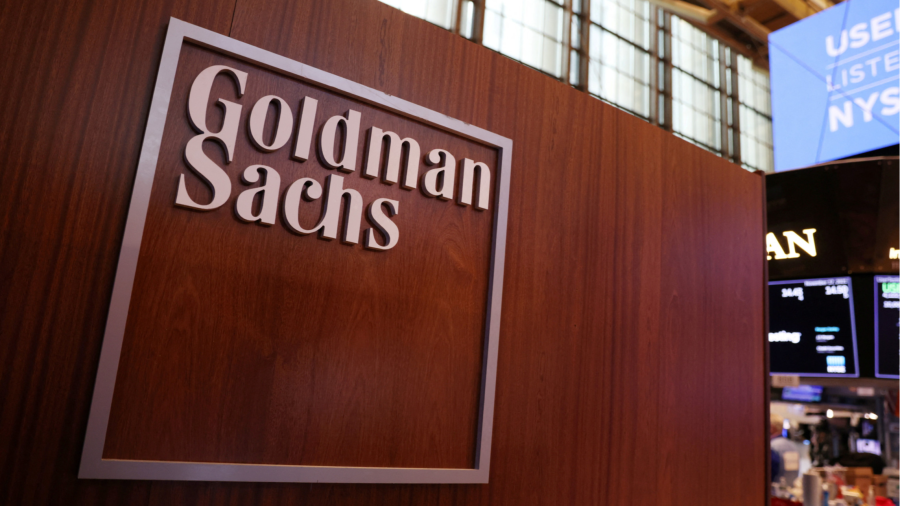
Goldman Sachs reported a fourth straight decline in quarterly profits as it reorganised its business structure, pulling back from its foray into retail banking to focus more on its traditional strengths of serving big corporations and wealthy investors.
Chief executive David Solomon confirmed that Goldman would fold its trading and investment banking business into one unit as it shrinks to three divisions from four.
Goldman Sachs reported third-quarter net income of $3.1bn, or $8.25 a share, down 43 per cent from $5.4bn, or $14.93 a share a year ago. That beat analysts’ estimates for $2.9bn, or $7.75 a share, according to consensus data compiled by Bloomberg, but was still Goldman’s fourth straight quarterly decline.
The Wall Street bank is dealing with a prolonged slowdown in investment banking fees and markdowns of equity investments at its asset management arm.
“These organisational changes represent an important and purposeful evolution in our strategic journey, positioning us well to deliver for our clients and unlock shareholder value,” Solomon said in a memo to employees that was seen by the Financial Times.
The move reflects the reality that Solomon has yet to convince investors that Goldman has changed substantially from the investment banking and trading-driven house that he inherited four years ago, and merits a superior stock market multiple.
The reorganisation, the bank’s second in less than three years, will break Goldman’s consumer business into two separate areas, reducing the prominence of its push into consumer banking through online retail lender Marcus. Since its launch in 2016, Marcus has come under scrutiny from investors and internally following years of losses and escalating costs.
The three divisions will be: a merged investment bank and trading unit; an asset and wealth management division that will house Marcus; and the newly formed Platform Solutions business comprising the rest of Goldman’s retail banking operations, such as its Apple credit card partnership and online lender GreenSky, as well as the fledgling transaction banking business.
In an interview with CNBC on Tuesday morning to pitch Goldman’s new structure, Solomon said aligning its online retail bank more with its wealth management business was “a better place for us to be focused than to be out massively looking for consumers”.
“The concept of really being broad with a consumer footprint is not really playing to our strengths. But when you look at our wealth platform . . . the ability to add banking services to that and align it with that actually plays to our strength,” he continued.
Goldman’s stock was up 3.7 per cent in pre-market trading in New York.
In the third quarter, Goldman’s net revenues totalled $11.98bn, down from $13.6bn a year earlier but ahead of analysts’ forecasts for $11.4bn. Revenues from its trading division, which has benefited from heavy activity during the recent market volatility, came in ahead of analysts’ estimates.